Packaging Standards
Packaging Standards
Packaging Standards
Packaging Standards are guidelines and rules that ensure packaging meets certain criteria. These standards help maintain quality, safety, and efficiency in packaging processes.
Why Are Packaging Standards Important?
Packaging standards are crucial for several reasons. They ensure that products are safe during transport and storage. They also help in maintaining consistency in packaging, which is vital for brand recognition.
Types of Packaging Standards
There are various types of packaging standards. Some focus on materials, like plastic or cardboard. Others concentrate on specific industries, such as food or pharmaceuticals. Each type ensures that the packaging meets the necessary requirements for that category.
Examples of Packaging Standards
Common examples include ISO standards and ASTM standards. ISO standards cover a wide range of packaging aspects, from materials to testing methods. ASTM standards focus on specific tests to ensure packaging durability and safety.
Benefits of Adhering to Packaging Standards
Following packaging standards offers many benefits. It helps in reducing waste and improving sustainability. It also ensures that the packaging is user-friendly and meets regulatory requirements.
How to Implement Packaging Standards
To implement packaging standards, start by understanding the specific standards relevant to your industry. Train your team on these standards and regularly review your packaging processes to ensure compliance.
Blog Posts with the term: Packaging Standards
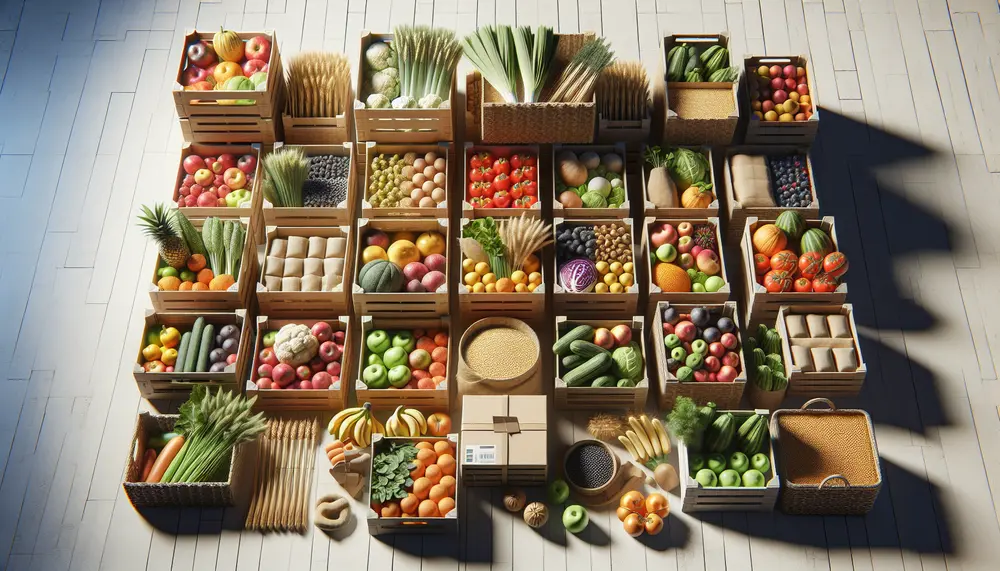
Understanding the Basics of Packaging Materials in Agriculture: Agricultural packaging is essential for protecting produce during transport and extending shelf life, with material choice balancing product needs, efficiency, marketing appeal, and sustainability. Choosing the Right Packaging for Your Agricultural Products: Selecting...

Ensuring compliance in pharmaceutical packaging is essential for product integrity, patient safety, and regulatory approval. This article outlines key guidelines from major regulatory bodies like the FDA, EMA, ICH, WHO, and USP that govern material selection, design standards, labeling requirements,...

EU packaging regulations require businesses to minimize waste, enhance recyclability, and reduce hazardous substances. Compliance with the Packaging and Packaging Waste Directive is essential for market access in the EU....

Packaging R&D involves innovating and improving packaging through material testing, prototype development, and performance analysis with a focus on sustainability. Companies like R&D Packaging lead in providing customized solutions that meet environmental standards while ensuring product safety. Innovation is key to...
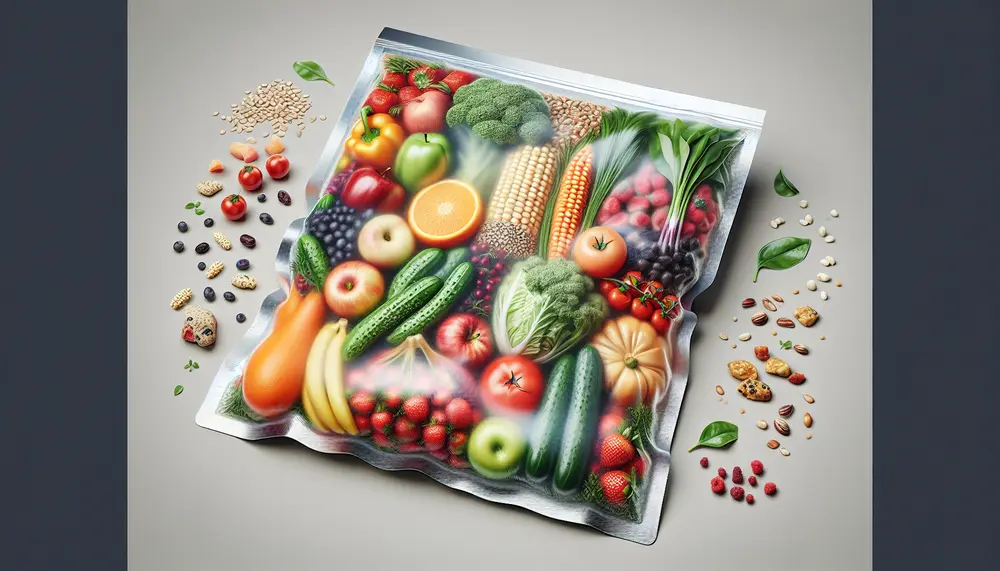
Vacuum packaging extends food shelf life by removing air to prevent microbial growth, oxidation, and moisture changes. It's versatile for various products and involves specialized machinery that creates a low-oxygen environment to protect against spoilage....
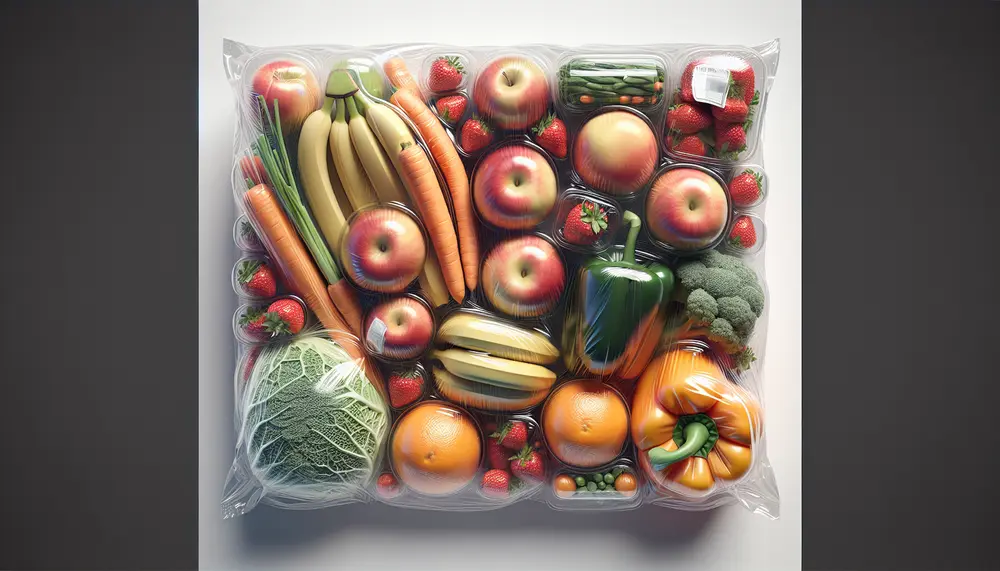
Packaging for fruits and vegetables is crucial in ensuring produce reaches consumers fresh, extends shelf life by controlling moisture and airflow, protects from contaminants, and maintains hygiene. The choice of packaging materials like corrugated boxes or breathable bags depends on...

Protective packaging involves materials and methods to safeguard products from damage during shipping, handling, and storage. It is crucial for maintaining product integrity, reducing costs associated with returns and replacements, ensuring compliance with regulations, protecting against environmental factors, enhancing customer...
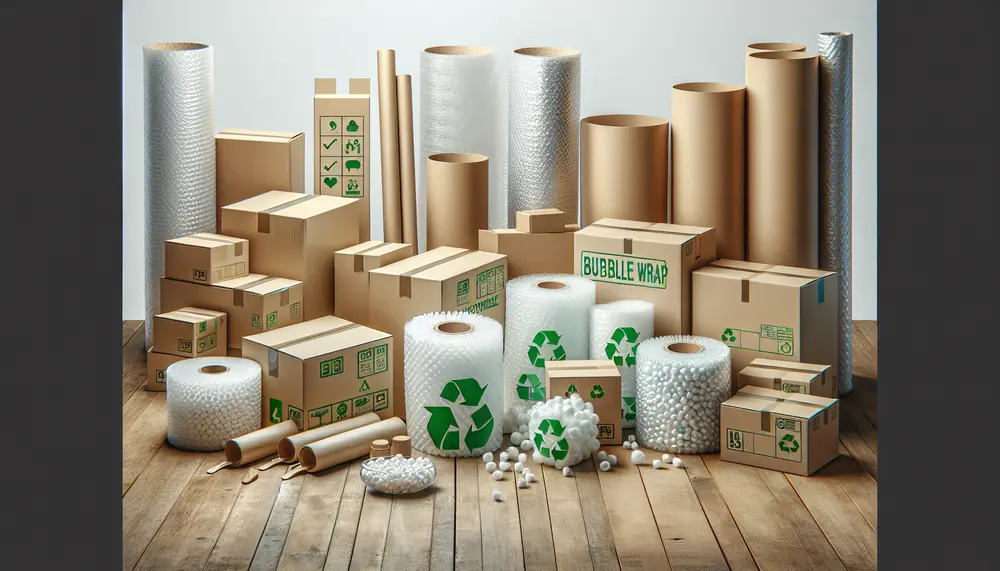
Packaging solutions in New Zealand are essential for product integrity, safe distribution, and brand identity; they must be durable for long transits and increasingly sustainable to meet consumer expectations. Quality packaging is crucial as it protects goods during shipping, enhances...

The packaging industry is governed by a complex legal framework aimed at ensuring safety, health, and environmental protection. Key regulations include material restrictions like RoHS and REACH, compostability standards such as BPI certification, and heavy metal limitations under CONEG legislation. Regulatory...

Packing peanuts are used in packaging to fill empty spaces, prevent movement, and absorb shocks during shipping. They come in various materials including Styrofoam and eco-friendly options like biodegradable starch-based peanuts, with TOTALPACK® offering high-grade reusable types. The environmental impact of...
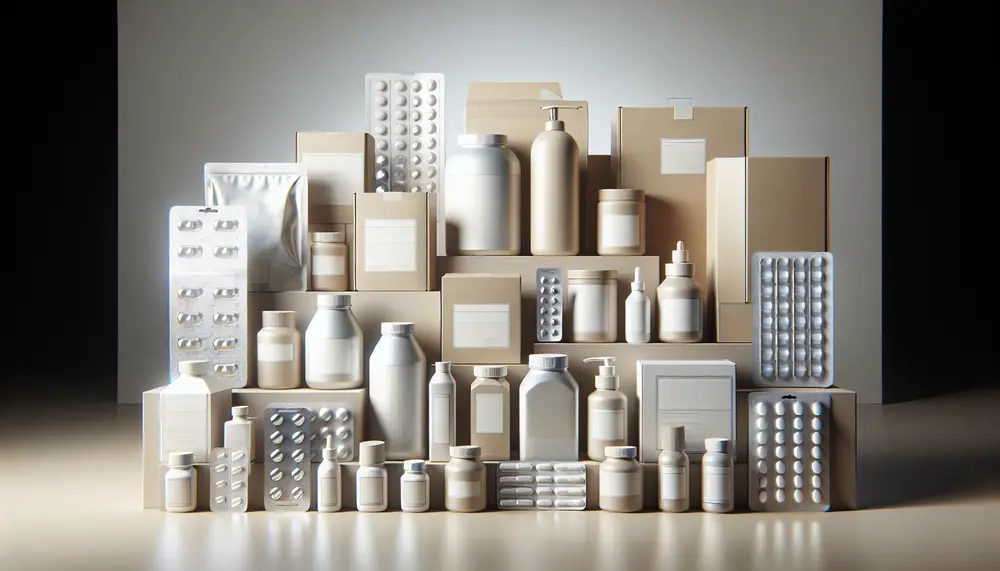
Pharmaceutical packaging and design are essential for ensuring medication safety, efficacy, and patient compliance. Effective packaging involves understanding regulatory requirements, material science, and user needs while providing protection, information, identification, convenience, and adherence to treatment plans; it must also comply...
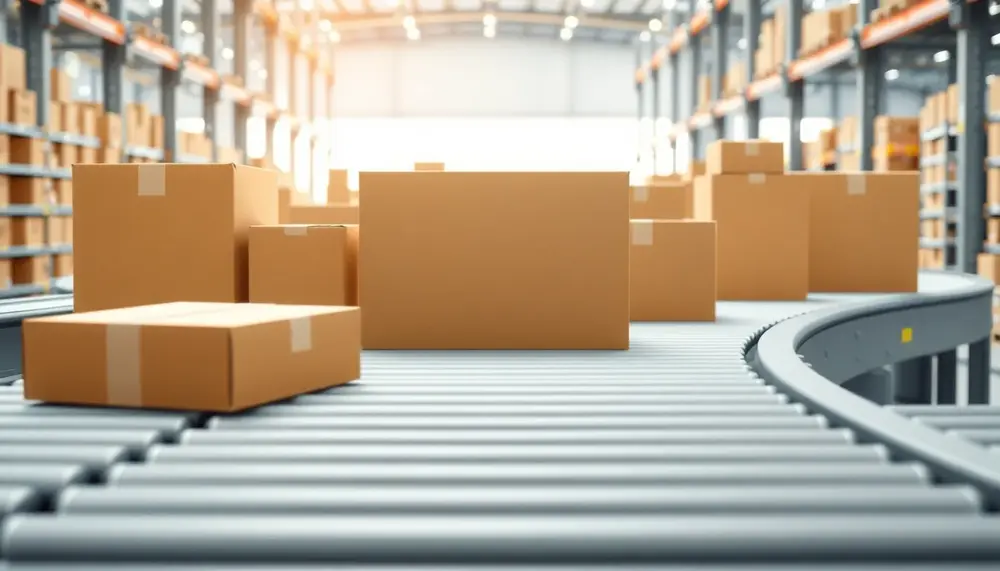
Amazon's packaging evolution reflects its commitment to innovation, sustainability, and customer satisfaction through initiatives like Frustration-Free Packaging, which reduces waste and enhances the unboxing experience. By leveraging eco-friendly materials, AI-driven optimization, and scalable solutions across product categories, Amazon has set...

Packaging validation is a crucial process for ensuring product protection and compliance with industry standards, involving rigorous testing to simulate real-world conditions. It's essential for maintaining product integrity, safety, regulatory adherence, and consumer trust. An effective packaging validation protocol includes clear...

Food packaging is essential for protecting food, preserving quality, and providing information; it's made from various materials including eco-friendly options and plays a key role in marketing. Current trends focus on convenience, minimalism, antimicrobial properties, and sustainability. Innovative food packaging offers...

Sustainability in the packaging industry focuses on reducing environmental impact through a circular economy, optimizing supply chains, and aligning with consumer values for eco-friendly products. The industry faces challenges like waste accumulation and energy-intensive production but is shifting towards sustainable...
